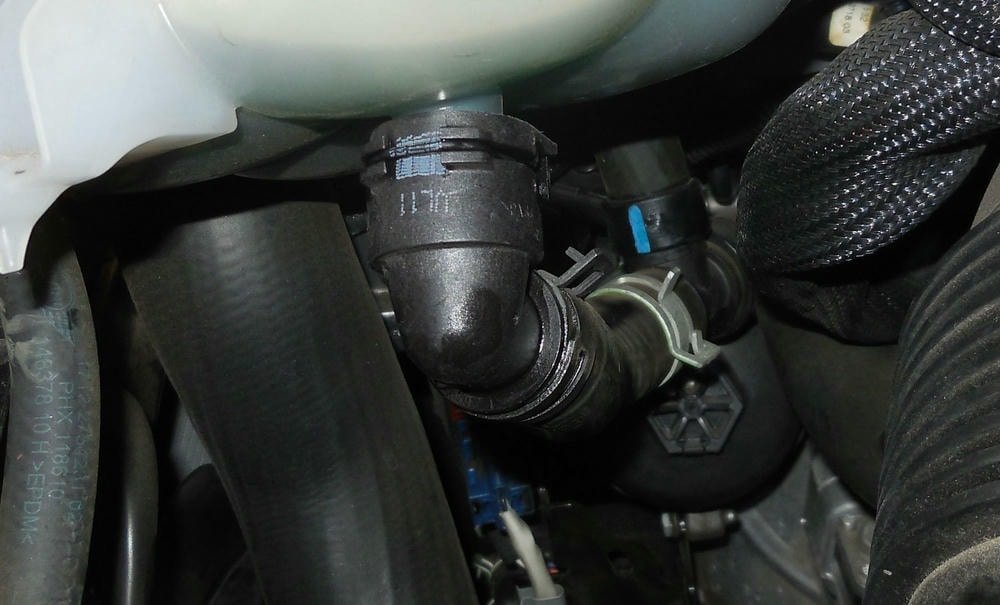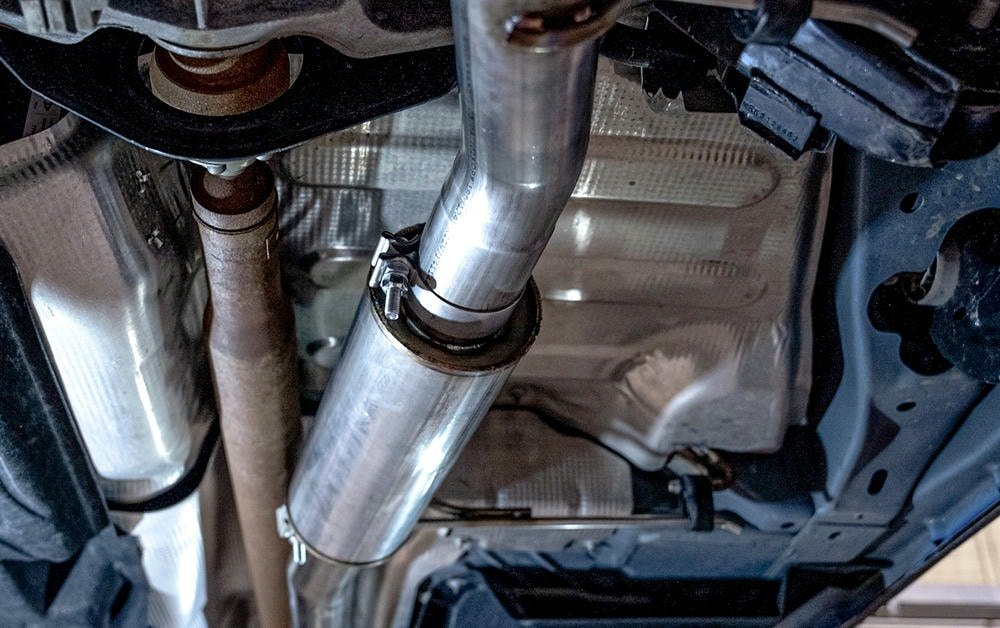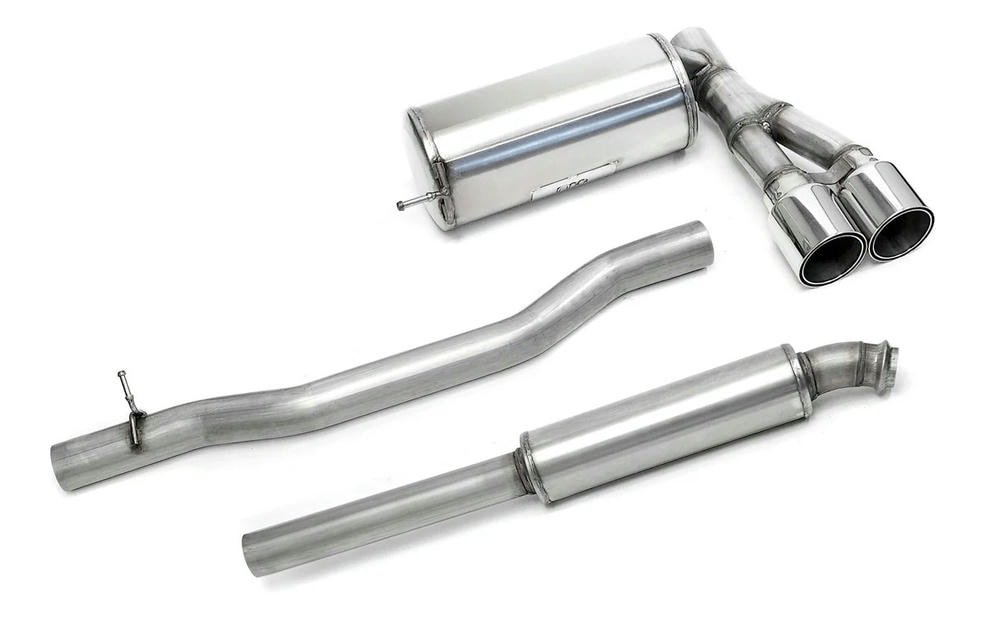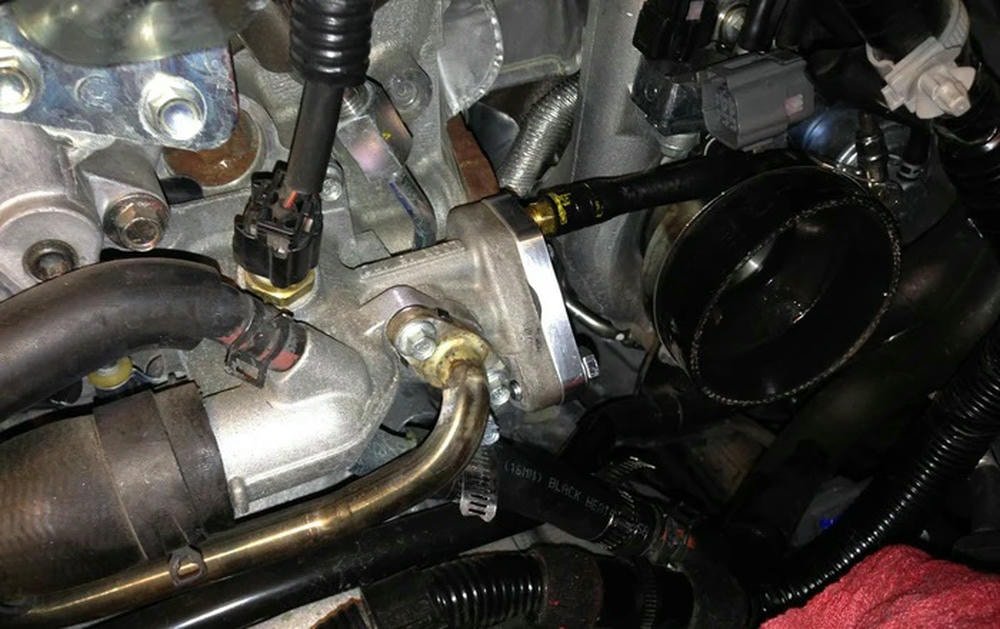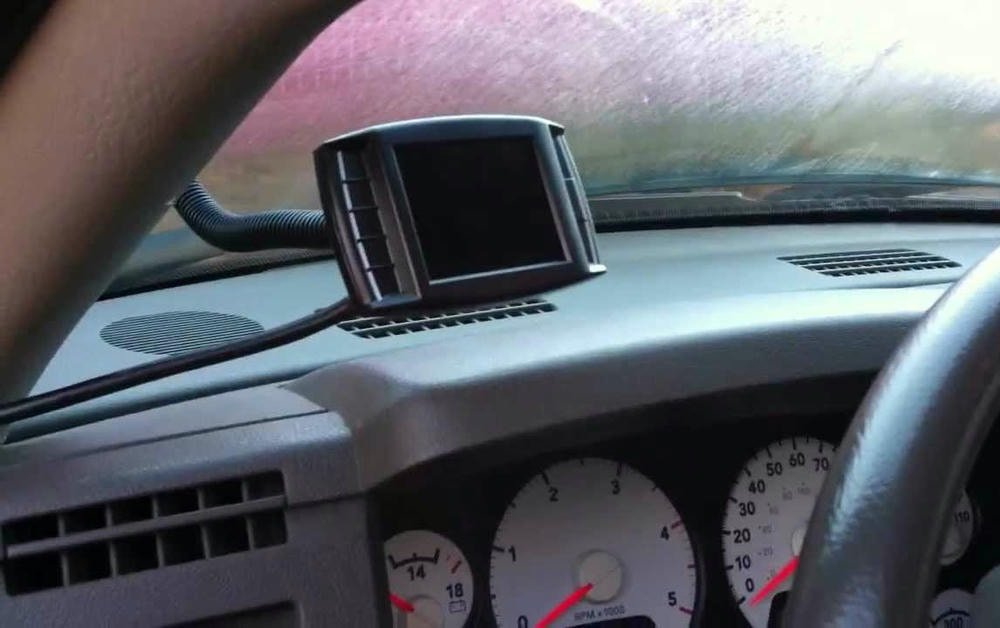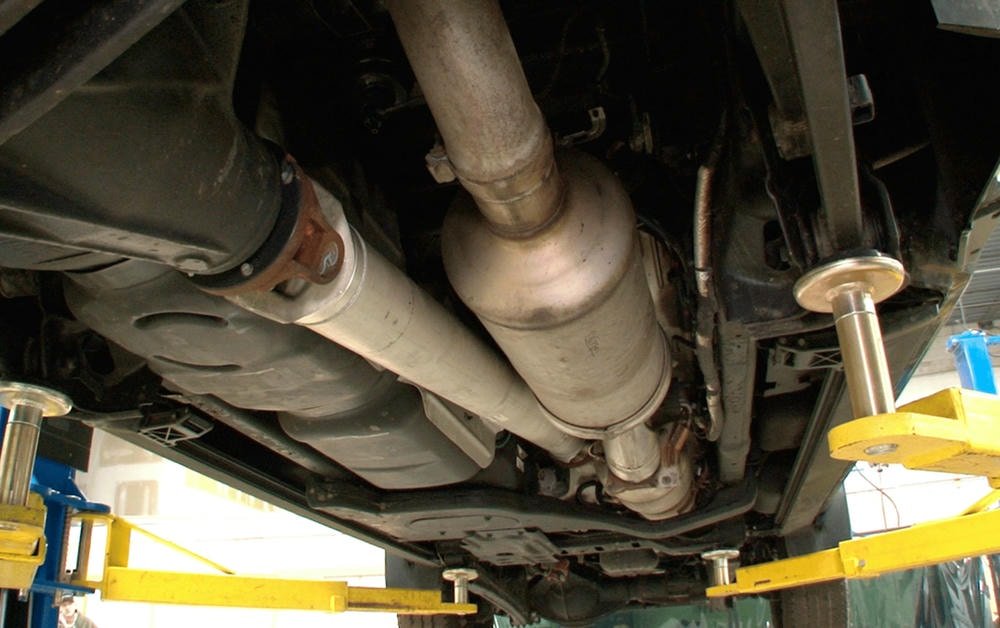Fixing coolant filter issues is crucial for diesel truck owners to keep their engines running smoothly. A coolant filter kit helps maintain the right temperature by removing harmful particles from the coolant.
This protects the engine from overheating and damage. But sometimes, things go wrong like leaks, clogged filters, or flow restrictions caused by improper installation or bad parts.
Dealing with these problems means knowing how to find and fix leaks, replace dirty filters, and ensure everything fits right. It’s also important to use good parts and do regular checks on the cooling system.
This way, trucks can stay on the road without overheating problems.
We’ll show you how to tackle common issues step by step. Keep reading for helpful tips!
Table of Contents
ToggleCommon Issues with Coolant Filter Kits
Coolant filter kits face a bunch of problems that can hurt your diesel truck’s engine. These include leaks from bad seals, filters getting clogged with junk, coolant not moving right, and parts not fitting like they should.
Leaks and Seal Failures
Leaks and seal failures are common in diesel truck coolant systems. They happen when seals get old or damaged, letting antifreeze leak out. This can hurt the engine’s health if not fixed quickly.
To find leaks, check hose connections and the head gasket for any signs of antifreeze outside the system. Truck drivers should also look at the oil cooler and heater core since these parts can cause leaks too.
Fixing leaks means replacing or re-sealing parts that don’t work well anymore. For a head gasket leak, one might need to put in a new gasket. If hose connections are bad, installing new hoses can stop the leaking.
Always use high-quality replacements to avoid future problems. These steps help keep the cooling system running well, protecting the engine from overheating or damage.
Clogged Filters
Clogged filters in a diesel truck can lead to big problems. They stop the coolant from flowing like it should. This can make the engine overheat and damage it. Diesel truck owners need to check their filters often.
Signs of clog include high engine temperatures and poor performance.
To fix a clogged filter, one needs to clean or replace it with high-quality components. Choosing the right parts ensures good radiator health and keeps the cooling system working well.
Regular maintenance helps remove contaminants that cause clogs. Keeping an eye on coolant levels and using de-ionized water prevents future issues.
Coolant Flow Restrictions
Coolant flow issues in a diesel truck’s cooling system can lead to engine overheating and damage. This happens when the coolant cannot move freely through the engine and radiator. Common culprits include blocked hoses, bent lines, or a faulty water pump.
Each of these problems slows down the anti-freeze movement, making it hard for the engine to stay cool.
To keep your power stroke diesel running smoothly, always check for kinks in coolant lines and ensure the water pump is working well.
To fix these issues, owners might need to replace bent or blocked hoses and repair or swap out a damaged water pump. Regular system diagnostics help find these problems early. This way, trucks avoid serious damage and stay on the road longer.
Improper Installation or Fitment
Diesel truck owners often face coolant filter problems due to wrong setup or fit. If the filter is not in the right spot, it can cause leaks and reduce protection for the engine. For someone who drives a power stroke diesel engine, this mistake can lead to bigger issues down the road.
Many have shared their experiences online on message boards and through email marketing tips from fellow drivers. They stress checking the manual closely and making sure everything fits as it should.
One common error is not using parts that match what’s needed for your truck. This mismatch can block coolant flow and make your engine overheat. Truck drivers talk about finding high-quality filters that match their system exactly, avoiding off-brand options that might not fit right.
Some learned this lesson the hard way after dealing with overheating engines while driving long distances. They recommend always double-checking part numbers against your truck’s specs before buying anything new.
Troubleshooting and Fixing Issues
Addressing coolant filter issues begins with detecting and repairing leaks or substituting impaired components. For those experiencing such challenges, this instruction provides methods to handle common issues like seal leaks, congested filters hindering your engine’s cooling efficiency, or improper installations causing troubles.
You’ll acquire the knowledge to identify issues at the earliest stage and receive detailed guidance on rectifying the problems, from fixing those problematic leaks to assuring your coolant lines are perfectly structured for smooth functioning.
Step into the guide to maintain your diesel truck’s cool and robust performance without any hassle.
Replacing or Re-Sealing the Filter
Fixing coolant filter problems is key in diesel truck maintenance. It helps keep the cooling system running well and protects the engine. Here’s how to replace or re-seal a coolant filter:
- Find the coolant filter. It’s usually located on the engine block or near it.
- Turn off the truck. Make sure it’s cool before you start working.
- Drain some coolant to prevent spills when you remove the filter.
- Use a wrench to loosen and remove the old filter.
- Check the filter seals and gaskets for damage. If they’re worn out, replace them with new ones.
- Get a high-quality replacement filter. This is vital for preventing future leaks and ensuring engine protection.
- Lubricate the new filter’s seal with a bit of fresh coolant. This makes installation easier and helps seal it better.
- Screw the new filter into place by hand first, then tighten it with a wrench but don’t overdo it.
- Refill any coolant that was lost during this process, watching for leaks as you go.
- Start your truck and let it run for a few minutes, then check again for leaks around the filter area.
Taking these steps helps maintain your cooling system and avoid issues like leaks and flow restrictions in your diesel truck’s engine. Regular checks are part of good maintenance habits, ensuring everything runs smoothly and keeps your truck on the road longer without problems related to coolant filters or other systems within your vehicle.
Cleaning or Replacing Clogged Filters
Clogged filters in a cooling system can cause big trouble for diesel truck engines. Left unchecked, they can lead to overheating and serious damage. Here’s how diesel truck owners can tackle this issue.
- Turn off the engine and let it cool. This prevents burns and other injuries.
- Find the coolant filter housing, usually located near the radiator.
- Use a wrench to carefully remove the housing cap. Wear gloves to avoid contact with antifreeze.
- Take out the old filter. If it looks dirty or clogged, it needs replacing.
- Inspect the inside of the filter housing for sediment or debris. Clean it out thoroughly.
- Get a high-quality replacement filter that matches your truck’s specifications.
- Install the new filter into the housing, making sure it fits snugly.
- Reapply sealant on threads if necessary to prevent leaks.
- Screw the housing cap back on tightly but without overtightening, which could crack the housing.
- Refill any lost coolant with the right type of antifreeze for your truck.
- Start the engine and check for leaks around the filter housing area.
Personal experience shows that regular checks on coolant levels and quality can prevent most clog issues before they start affecting engine performance significantly. Always follow maintenance schedules outlined by your truck’s manufacturer, using components that are recommended for your specific model ensures longevity of both filter and engine life.
Using high-quality filters reduces contamination risks and extends periods between changes—key in maintaining optimal cooling system function over time.
Adjusting or Re-routing Coolant Lines
Adjusting or re-routing coolant lines in your diesel truck can solve many cooling system problems. This task requires careful planning and execution for effective results.
- Identify the issue with your cooling system. Maybe you’re dealing with leaks, overheating, or coolant flow restrictions.
- Gather necessary tools like wrenches, clamps, and new coolant hoses if needed.
- Drain the coolant from your truck to prevent spills while working on the lines.
- Locate the coolant lines that need adjustment or replacement by checking where they connect to the engine and radiator.
- Use a wrench to loosen the fittings on these lines carefully. Avoid stripping these fittings as this could cause more leaks.
- Inspect the hoses for cracks, hardening, or other damage that might require replacement instead of just re-routing.
- Decide on a new route for your lines that avoids hot spots or areas where they might get pinched or damaged.
- Measure how much hose you will need to complete this new route and cut any new hoses to size.
- Connect your hoses using firm but careful force to ensure tight seals at both ends.
- Secure your newly routed lines away from moving parts with clamps to avoid wear and tear.
- Refill your cooling system with antifreeze, following manufacturer guidelines for mixture ratios.
12.I start the truck and check for any leaks immediately around the work area.
13.Monitor the temperature gauge while idling to confirm proper cooling function is restored.
From personal experience, taking time to carefully plan where each line should go greatly increases success chances when adjusting or re-routing coolant lines in diesel trucks. Ensuring each connection is sealed tightly prevents future leaks and saves time down the road on additional repairs.
Ensuring Proper Installation
Ensuring proper installation of a coolant filter in a diesel truck is crucial for preventing leaks and ensuring the cooling system works well. Many issues with coolant filters stem from incorrect installation. Here’s how diesel truck owners can make sure they install their coolant filters correctly:
- Check the manual: Before starting, it’s vital to read through the truck’s manual and the instructions that come with the coolant filter kit. This ensures understanding of specific requirements.
- Gather all tools: Make sure to have all necessary tools ready. This includes wrenches, sealant for threads, and perhaps even a torque wrench for precise tightness.
- Prepare the area: Clean around the area where the filter will go. Removing dirt or grime prevents contaminants from entering the cooling system.
- Inspect components: Before installing, check all parts of the kit for any damage or defects. This step avoids leaks later on.
- Apply sealant correctly: If using thread sealant on fittings, apply it evenly but avoid overdoing it, which could block flow paths.
- Follow torque specs: Tighten all bolts and fittings according to the specifications given in the instruction manual to prevent leaks without over-tightening.
- Align properly: Ensure that hoses and lines are aligned correctly to avoid kinks or unnecessary tension that could lead to wear or leaks.
- Check fitment: Verify that the filter sits snugly in its housing and doesn’t move around too much once installed.
- Fill with anti-freeze: After installing, fill up with anti-freeze as recommended by your truck’s manufacturer.
- Bleed air from system: Eliminate any trapped air within the cooling system to avoid hot spots and ensure proper flow.
11.Scroll down slowly as you work through these steps one at a time without rushing.
Preventing Future Issues
Keeping your cooling system in top shape means less trouble down the road. Make it a habit to check things out often and pick only the best parts for your setup.
Regular Maintenance and Inspections
Regular maintenance and inspections are crucial for keeping a diesel truck’s cooling system running smoothly. This helps prevent common coolant filter kit issues, such as leaks, clogged filters, and coolant flow restrictions.
Here’s what diesel truck owners need to do:
- Check the coolant level every month. Make sure it’s not too low or too high.
- Inspect the coolant filter for signs of wear or damage. Look closely for any cracks or breaks.
- Clean the system to remove contaminants. Do this every six months to keep everything running well.
- Change the coolant filter at least once a year, or more often if you drive in harsh conditions.
- Look for leaks around the filter and seal areas regularly. Spotting leaks early can save a lot of trouble later.
- Use only high-quality filters and components when making replacements to ensure longer life and better performance.
- Keep an eye on the anti-freeze levels, especially before winter hits, to prevent freezing problems in the cooling system.
- Schedule professional inspections once a year to catch any issues you might have missed.
Following these steps will help diesel truck owners avoid many common problems with their coolant filter kits, ensuring their trucks run cooler and more efficiently for longer.
Using High-Quality Filters and Components
Picking high-quality filters and parts is key for keeping your diesel truck’s cooling system in top shape. High-end filters catch more dirt and last longer than cheaper ones. This means less trouble with leaks or clogs in your coolant filter kit.
Good filters can handle the high demands of a diesel engine, keeping anti-freeze clean and ensuring smooth operation.
Using sturdy components also prevents coolant flow restrictions that can harm your engine. Quality hoses and seals resist wear, reducing the risk of leaks. In short, investing in top-notch filters and durable parts saves you time and money on future repairs.
It keeps your truck running well, avoiding common problems seen with lower quality options.
Monitoring Coolant Levels and Quality
Keeping an eye on coolant levels and quality is a must for any diesel truck owner. Low coolant can lead to overheating, while dirty coolant may cause clogs and damage. Use a gauge or dipstick regularly to check the level of anti-freeze in the truck’s system.
If it looks cloudy or has particles floating in it, it’s time for a change. This simple act of monitoring can prevent costly repairs.
A well-maintained cooling system is key to keeping your diesel truck running smoothly.
Make sure the anti-freeze mix is right too; too much water can freeze in winter and too little won’t cool effectively. Changing old coolant helps remove contaminants that build up over time, threatening your engine’s performance.
Opting for high-quality filters catches these impurities before they cause trouble, making regular checks and maintenance a smart habit for every truck driver.
Conclusion
Fixing coolant filter issues needs the right know-how. Mike Johnson, with 20 years in diesel engine maintenance, knows this well. He has degrees in mechanical engineering and automotive tech management.
His work boosts how trucks run and last longer.
Mike says fixing coolant filters helps engines stay cool and work better. He talks about seals, clogs, flow problems, and bad fits being common troubles that hurt truck performance.
He points out safety first. Using good parts that meet standards keeps trucks running safely. Mike stresses telling customers the truth about what they need for their cooling systems.
For everyday use, he suggests checking coolant levels often and choosing quality filters to avoid future problems.
Mike weighs pros and cons: Fixed right, a cooling system works great; ignored, it can cause big damage or overheating.
His final word? Pay attention to your truck’s cooling system before small issues turn bad. This saves time and money for all diesel truck owners.
FAQs
How can I troubleshoot coolant filter problems in my truck’s cooling system?
You can begin troubleshooting coolant filter problems by inspecting your truck’s cooling system for leaks or contaminants. Regular maintenance is key to identifying issues early and fixing them before they escalate.
What are the steps involved in repairing a coolant filter kit?
To repair a coolant filter kit, first identify any leaks in the system and fix them promptly. Next, ensure that the anti-freeze level is optimal and there’s no contaminant present which could affect performance.
Can I receive text message alerts or telephone calls about potential issues with my cooling system?
While not all systems offer this feature, some advanced models do provide opt-in services for text messages or telephone alerts regarding potential issues with your cooling system.
Are there guides available to help me troubleshoot my vehicle’s coolant filter?
Yes, many resources including online forums and mechanic shops provide detailed guides on how to conduct a comprehensive coolant filter troubleshooting process step-by-step.
Why is it important to remove contaminants from my truck’s cooling system regularly?
Contaminants can lead to serious damage over time if left unchecked within your truck driving equipment’s cooling systems. Regularly removing these substances helps keep your engine running smoothly while preventing costly repairs down the line.

